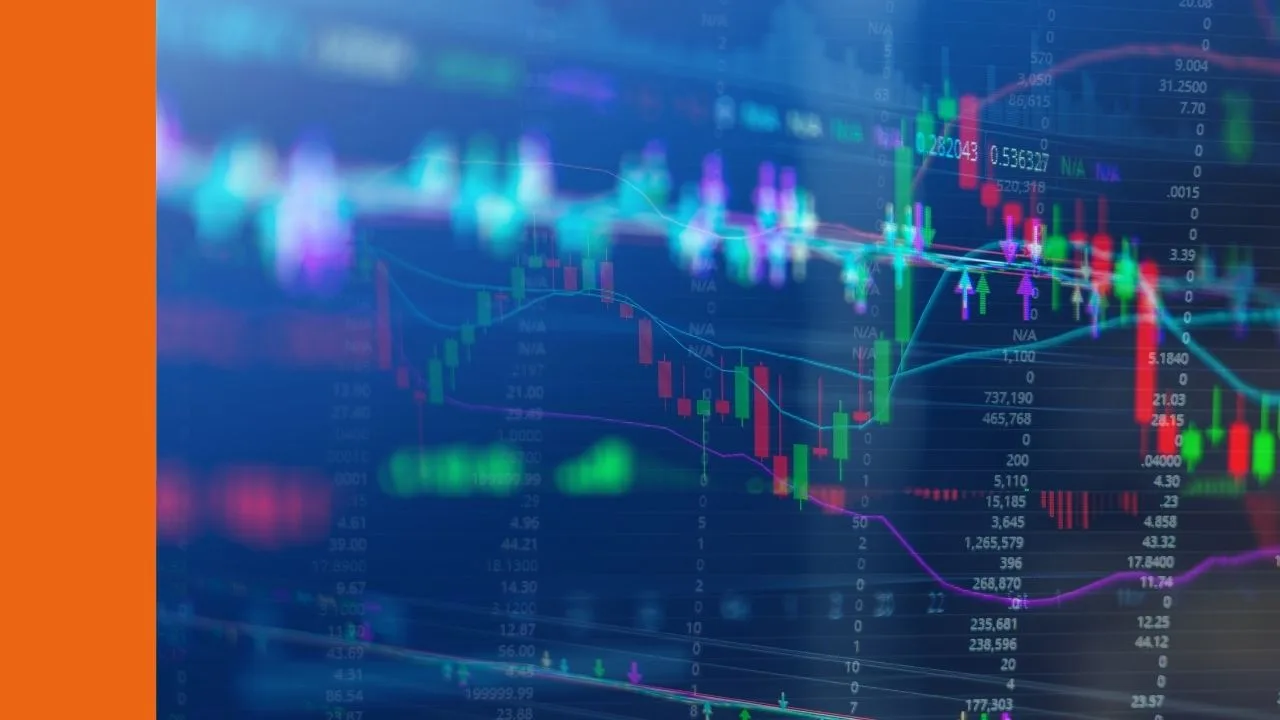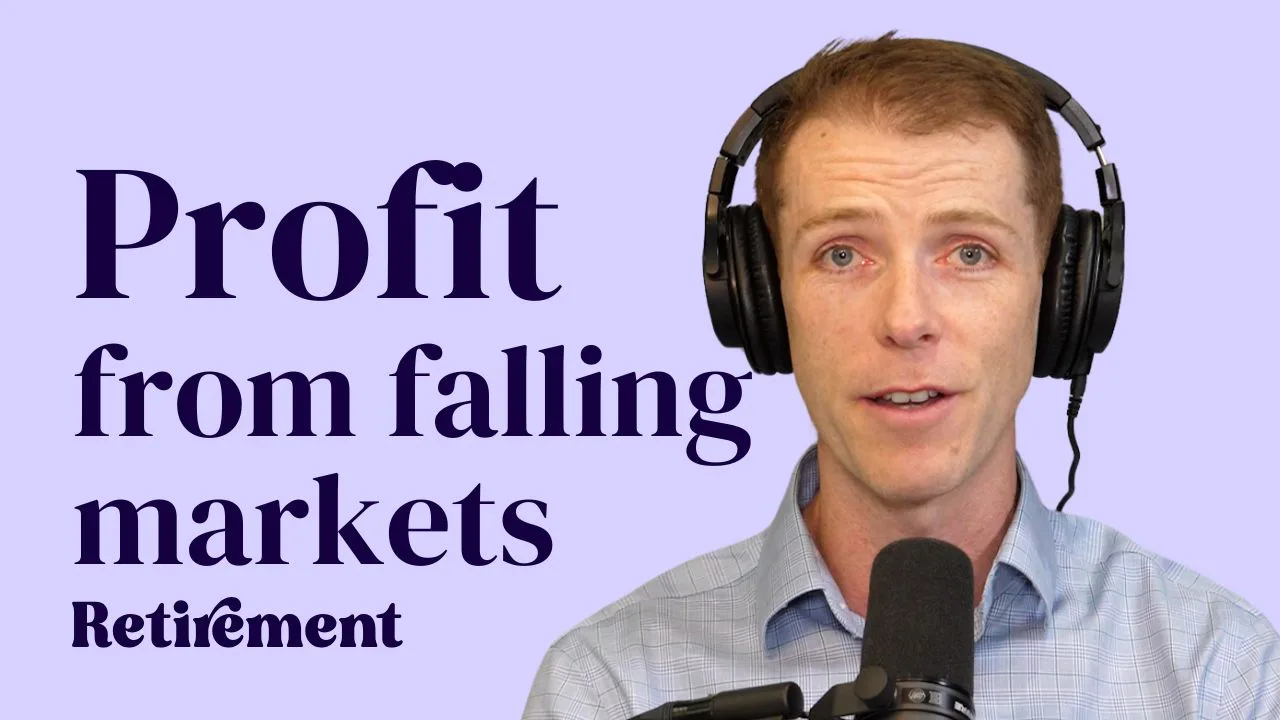WES share price in focus
Founded in 1914, Wesfarmers is a diversified Australian conglomerate headquartered in Perth. Its operations span retail, chemical, fertiliser, industrial and safety brands and products across Australia and New Zealand.
Wesfarmers is often compared to a publicly listed private equity firm. It has a long history of buying businesses, leveraging their cash flow, re-investing in growth and eventually selling them for a premium. A notable example of this is Coles Group, which it bought in 2007 and spun out in 2018. However, by far (over 50%) of the company’s operating profit comes from Bunnings, the #1 hardware and home improvement business in Australia. Wesfarmers began buying parcels in Bunnings in 1987, eventually acquiring the final 52% in 1994 for $594 million.
Wesfarmers has long been considered a leading blue chip stock on the ASX and is known for paying a consistent dividend. Other well-known brands under the Wesfarmers umbrella include Blackwoods, Kmart, Target, Officeworks, and Priceline Pharmacy.
The key metrics
For investors, WES’s revenue, gross margin, and profit can provide value insights into the company’s performance.
WES last reported an annual revenue of $44,189m with a compound annual growth rate (CAGR) over the last 3 years of 9.2% per year. While the absolute number is useful to know, the key point is the trend. We want to see a consistent, upward trajectory in revenue.
Gross margin measures profitability before taking into account overhead costs – it reflects the strength of the company’s core business operations. WES’s latest reported gross margin stood at 34.0%.
Finally, the number we’re most interested in – profit. Last financial year Wesfarmers Ltd reported a profit of $2,557m. Three years ago when they made a profit of $2,380m, representing a CAGR of 2.4%.
Financial health of WES shares
Profitability is important, but equally important is the capital health of the company. We want to know about the company’s leverage, their capacity to pay debts, and their ability to generate a return on assets. One measure we can look at is net debt. This is simply the total debt minus the company’s cash holdings.
Wesfarmers Ltd’s current net debt currently sits at $10,443m. Higher debt levels can increase sensitivity to interest rate changes and economic cycles.
Another figure we can look at is the debt/equity percentage. This tells us how much debt the company has relative to shareholder equity – this is also known as leverage. WES has more debt than equity, with a debt/equity ratio of 131.4%. This level of leverage isn’t necessarily alarming if the company has stable revenue and cash flow, but it does introduce more risk.
Finally, we can look at the return on equity (ROE). The ROE tells us how efficiently the company is turning shareholder equity into profit – high numbers indicate the company is generating a lot of value for investors, while a low number raises concerns that capital isn’t necessarily being allocated efficiently. WES generated an ROE of 30.3% in FY24.
What to make of WES shares?
With strong revenue growth over the last 3 years, profits trending upwards, and a solid ROE, the WES share price could be one worth watching in 2025.
Please keep in mind this should only be the beginning of your research. It’s important to get a good grasp of the company’s financials and compare it to its peers. It’s also important to make sure the company is priced fairly. To learn more about share price valuation, you can sign up for one of our many free online investing courses.






